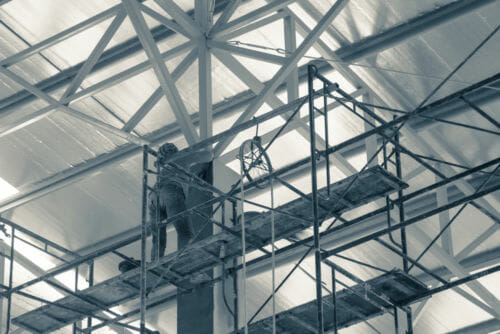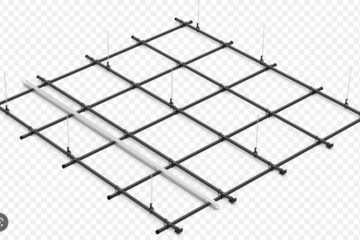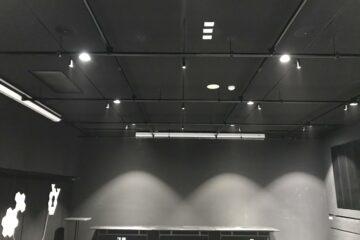As most people in this industry already know, Safe Work Australia has legislation with regard to performing high-risk works. One of the specified work description that falls under the high-risk category is rigging. You might agree though, that the publicly available information online is somehow hazy on the scope that this applies to. Rigging work as per SWA is under construction categories. This leaves us still asking, “Do I need a high-risk work license for stage rigging work?”

According to SafeWork NSW, “You need a high-risk work license if you want to carry out dogging, rigging or scaffolding work in NSW.”
They have defined rigging work as the “use of mechanical load shifting equipment (and associated gear) to move, place or secure a load using a plant, equipment or members of a building or structures, to ensure the stability of those members or the setting up or dismantling of cranes or hoists.”
They have divided rigging into 3 categories with the basic rigging consists of the following:
• movement of plant and equipment
• steel erection
• hoists (including mast climbing hoists)
• placement of precast concrete
• safety nets and static lines
• perimeter safety screens and shutters
• cantilevered crane loading platforms
Scaffolding work is another work that requires a high-risk work license. The SafeWork NSW defines scaffolding work as “the erection, alteration or dismantling of a temporary structure erected to support a platform from which a person or object could fall more than four metres from the platform or the structure.”
With the above clauses from SW NSW, one might think that construction of basic stage rigging structures that usually involves cables and hoists falls under this category hence requiring that any laborer involved with the following job description undergo government accredited training and acquire a high-risk work license.
However, some other resources like Theatre Safe Australia state that: “Tasks involving attaching items to a pre-existing/proprietary system using a standard method. This work is often referred to as ‘theatrical rigging’, such as ‘rigging a light’, or ‘rigging sound/AV’.are not rigging as defined by WHS.
Examples of theatrical rigging that they have stated are:
• Hanging technical elements (lighting, sound, AV equipment) from a hook clamp
• Attaching cloths, drapes, banners
• Attaching scenery with a dedicated attachment point
• Attaching styling/design elements
• Attaching or running cables
Unfortunately, yours truly couldn’t find the original document where the above list was stated.
Due to the convoluted information available online as well as grey areas in the legislation that can be confusing to the general public, the question of “Do you need a high-risk work license for stage rigging work?” still remains unclear. The best course of action is to obtain information from local WorkSafe authorities from your state. You can find their directory here.
Some clauses have been directly quoted from information source: Safe Work Australia and Theatre Safe Australia


